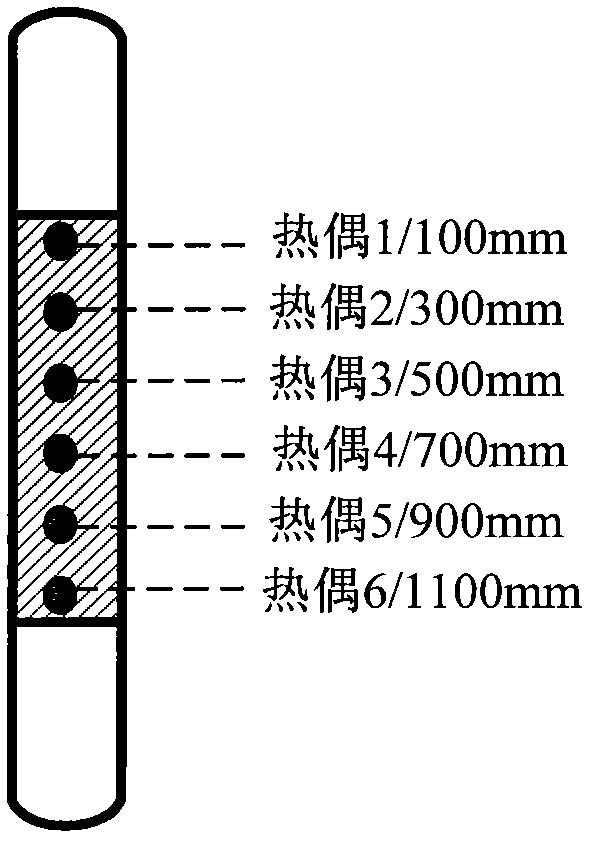Fischer-Tropsch synthesis device starting method
A Fischer-Tropsch synthesis and reaction technology, applied in chemical instruments and methods, chemical/physical processes, etc., to achieve the effects of smooth start-up, simple and practical operation, and improved operation stability
- Summary
- Abstract
- Description
- Claims
- Application Information
AI Technical Summary
Problems solved by technology
Method used
Image
Examples
Embodiment 1
[0025] After the cobalt-based fixed-bed Fischer-Tropsch synthesis catalyst is loaded into the reactor, the catalyst is first reduced in a pure hydrogen atmosphere. The reduction conditions are: temperature 400°C, pressure 0.5MPa, gas space velocity 500h -1 , Reduction time 24h.
[0026] The reduced catalyst was cooled to 150°C in a hydrogen atmosphere, and synthesis gas was introduced into the reactor (gas space velocity 500h -1 , hydrogen / carbon monoxide molar ratio 2.0), and raise the system pressure to 2.5MPa. After the pressure rises to the required value, start the cycle compressor to establish a gas cycle (control cycle ratio is 8.0), and increase the temperature at a rate of 2°C / h Raise the average temperature of the bed to 190°C and keep the temperature at 190°C for 24 hours. See Table 1 for the bed temperature distribution at this stage.
[0027] After the catalyst was kept at 190°C for 24 hours, the average temperature of the bed was raised to 200°C at a rate of 1°C...
Embodiment 2
[0036] After loading the cobalt-based fixed-bed Fischer-Tropsch synthesis catalyst into the reactor, the catalyst is first reduced in a pure hydrogen atmosphere, and the reduction conditions are the same as in Example 1.
[0037] The reduced catalyst was cooled to 150°C in a hydrogen atmosphere, and synthesis gas was introduced into the reactor (gas space velocity 750h -1 , hydrogen / carbon monoxide molar ratio 2.0), and raise the system pressure to 2.5MPa. After the pressure rises to the required value, start the cycle compressor to establish a gas cycle (control cycle ratio is 8.5), and increase the temperature at a rate of 2°C / h Raise the average temperature of the bed to 190°C and keep the temperature at 190°C for 24 hours. See Table 3 for the bed temperature distribution at this stage.
[0038] After the catalyst was kept at 190°C for 24 hours, the average temperature of the bed was raised to 205°C at a rate of 1°C / h, and kept at 205°C for 40 hours. See Table 3 for the bed...
PUM
 Login to View More
Login to View More Abstract
Description
Claims
Application Information
 Login to View More
Login to View More - R&D
- Intellectual Property
- Life Sciences
- Materials
- Tech Scout
- Unparalleled Data Quality
- Higher Quality Content
- 60% Fewer Hallucinations
Browse by: Latest US Patents, China's latest patents, Technical Efficacy Thesaurus, Application Domain, Technology Topic, Popular Technical Reports.
© 2025 PatSnap. All rights reserved.Legal|Privacy policy|Modern Slavery Act Transparency Statement|Sitemap|About US| Contact US: help@patsnap.com

